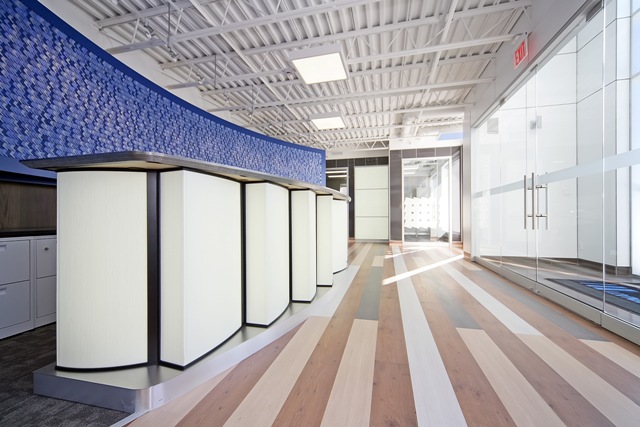July 2017 – FMs are constantly under pressure to find ways to reduce costs and sometimes it seems like a never-ending spiral where there just are not many areas left. Still, utilities are usually the largest component of any facilities budget so it naturally makes sense to look here first to see how costs could be trimmed. The obvious, inexpensive techniques such as asking the occupants to turn off the lights are usually not too effective or have already been tried. Many clients and attendees at conferences readily admit that their facility budgets are tight but that more is expected of them. There just has to be a better way to make a significant impact to lower the energy consumption used in the facility which would translate to significant operating savings.
Benchmarking of utilities can help you understand how your costs compare with others in your peer group and may be able to help show you that your costs/consumption are:
- Too high
- About right
- Low
Most FMs are familiar with benchmarking concepts. You enter your cost data, occupancy, and areas. From this data, a good benchmarking system should be able to provide a normalized costs and consumption comparison for utilities. This kind of benchmarking system shows where you stand compared to your peers.
Figure 1 shows how well your office facility is performing its utilities functions. There are 448 buildings in this peer group with a median utility consumption of 27.41 kilowatt hours (KWH) per GSF and a first quartile performance of 17.1 KWH per GSF. Our utility consumption is near the middle of the third quartile at 27.41 KWH per GSF, shown in yellow.
A facility manager or maintenance manager looking at this chart might have several thoughts:
- The performance isn’t bad… near the median and in the third quartile
- Others are doing better
- What should be done to get better to reduce consumption and costs?
A good approach to answer the last question better approach would be to identify which “best practices” could be implemented that would have a positive impact on the consumption of energy.

Filters: Office Facilities
Provided courtesy of FM BENCHMARKING
A good benchmarking tool will provide you with the information to answer that question. Figure 2 identifies some best practices that are not being followed in the subject building, stating what percentage of each are being followed by those in the better-performing second quartile as well as the percentage being followed in the subject building’s third quartile.

Filters: Office Facilities
Provided courtesy of FM BENCHMARKING
There are 44 best practices in the survey but a few immediately stand out to provide a good sense of how the application can be used to “tune up” the utilities performance.
From observation, we already think the group spends very little time making improvements to the operation of the facility.
Consider UB06 in Figure 2 above, “Ongoing re-commissioning at least once per year.” We have not implemented this best practice at our subject facility, while 62% of second quartile participants have implemented this best practice in their facilities. Application of this best practice could go a long ways toward reducing energy consumption. Since just over half of those in this building’s third quartile peers have implemented this best practice (resulting in a nice 9% jump from the second to the third quartile), it looks as if one of the best ways to move from the second to the third quartile would be to re-commission at least once per year.
Carefully evaluate UB07 in Figure 2 above, “Implement most ongoing re-commissioning recommendations… ”. Not only do you need to re-commission your facility, identifying what you need to do, but you actually need to implement them.
These are just a few examples but the technique can be applied to all utilities best practices. Clearly, using the best practices tables is a good way to reduce consumption and costs. Through best practices, we can analyze which best practices would have the highest likelihood of reducing utilities consumption. By applying these, you are sure to improve your performance.




